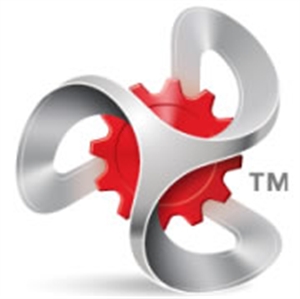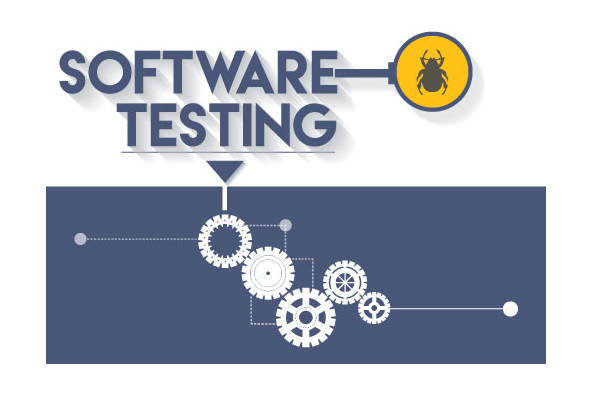This is the conclusion of the series on the development of custom software solutions. We have shown you a glimpse inside the process of building these solutions and answered many questions on the process, expectations, and end results. Now, what are your next steps?
Next Steps: Depending on the software development methodology that you subscribe to, rounds and rounds of development will be necessary to complete features, functions and sections of your custom software application. It is key to get a rhythm going, to have daily stand up meetings to ensure that everyone has what they need and they are on track, and to have nightly builds to ensure that all check-ins don’t break the build. It’s ideal to have a weekly or optimally bi-weekly review session to demonstrate progress, and also to have a well organized project plan that is fluid and consistently maintained by the development manager who keeps everyone on track and the project moving forward.
Careful planning, excellent requirements and specifications, continuous customer reviews, and internal cross-departmental alignment all lead to successful custom software applications being designed and developed. There are no shortcuts to a good process; put the effort in up front and set your development teams up for success. Create a harmonic rhythm with the development process that allows for waves to occur within your organization. What do I mean by that? I mean it is like singing a song as a round (e.g. Row, Row, Row Your Boat.) Start one project and get it moving through the process, then as it moves from prototype to wireframe, begin another project and start sending it down the stream. Keep the flow moving forward at a consistent rate and teams will begin to understand the meter and tempo needed to have things running smoothly.
Overall Process Analysis & Review: So there you have it –a very simplified development process for your custom software application that starts at requirements, goes through design, implementation, testing, evolution, and then brings you back to iterate through the lifecycle again and again adding new features and functionality. We talked about a minimum viable product and why it is important to pare down requirements to the absolutes and the benefits of developing a prototype from there. We have talked about the resources necessary, the phases of the project in detail, the types of projects, the timeframes involved, the planning and ultimately the costs necessary to build your custom software application. We also talked about how the most important piece is customer involvement and engagement throughout the process. It is so much better to know early on what your customers or potential customers want and need. It is also important to know early on what their perceptions about this project are before you commit all the time, money and resources necessary to complete a successful custom software application that is production ready.
This is the process you can expect to see when working with a business consultant on custom software solutions. At J&S Tech Designs, we can engage with you and your project. What types of solutions are you interested in providing for your company? We have lead software development projects including: pharmaceutical dispensing systems for retail, mail-order, managed care, prescription claims process systems, automotive point of sale and ecommerce applications, mobile applications for iPhones and Android devices, HIPAA privacy and security, real-time transaction data processing, CRM systems, hundreds of websites and web development projects for businesses and organizations, etc. The point of custom software is having software that is tailored to fit whatever needs you might have for your company. An initial engagement with us can lead to all sorts of advantageous ideas for your business.
Read: Previous Article





